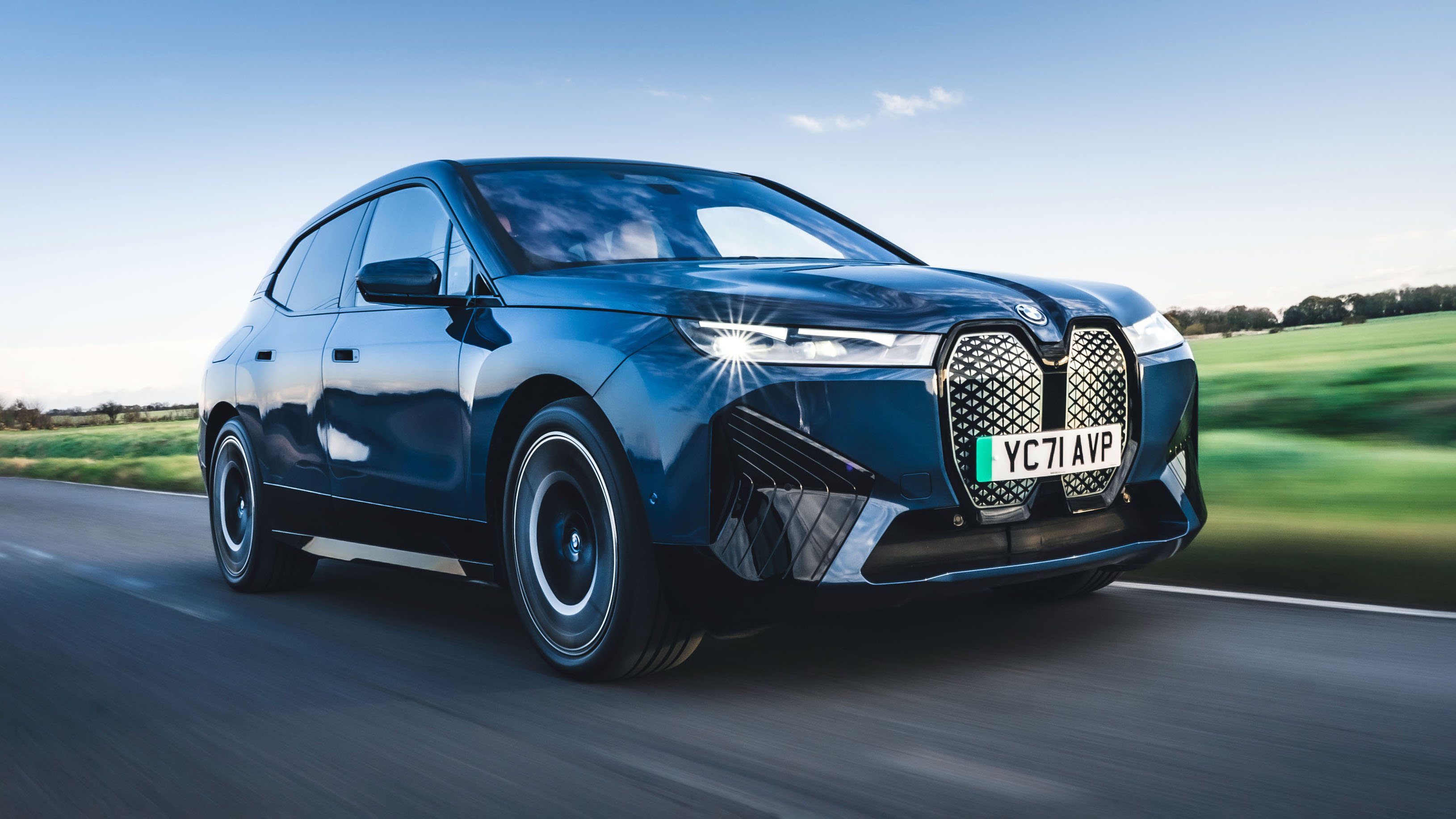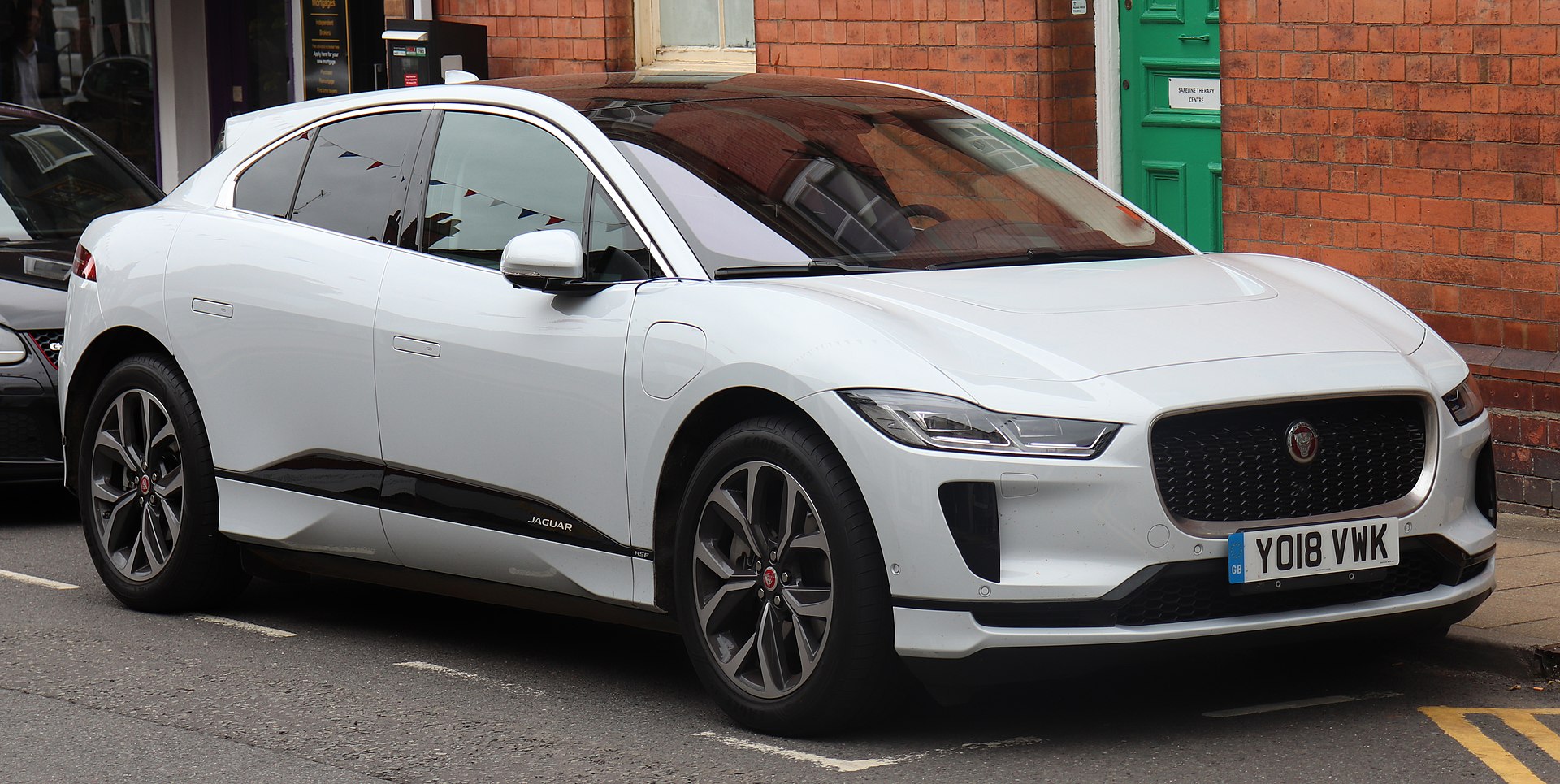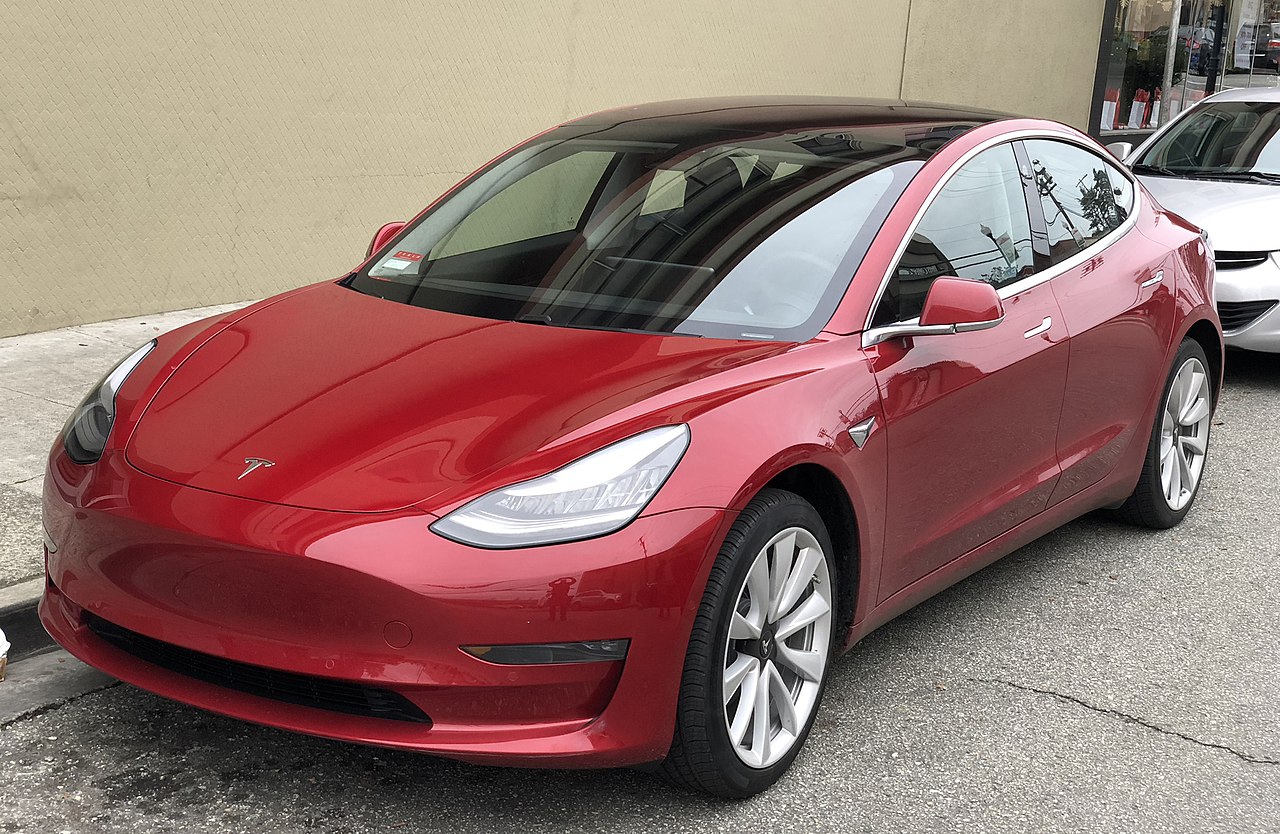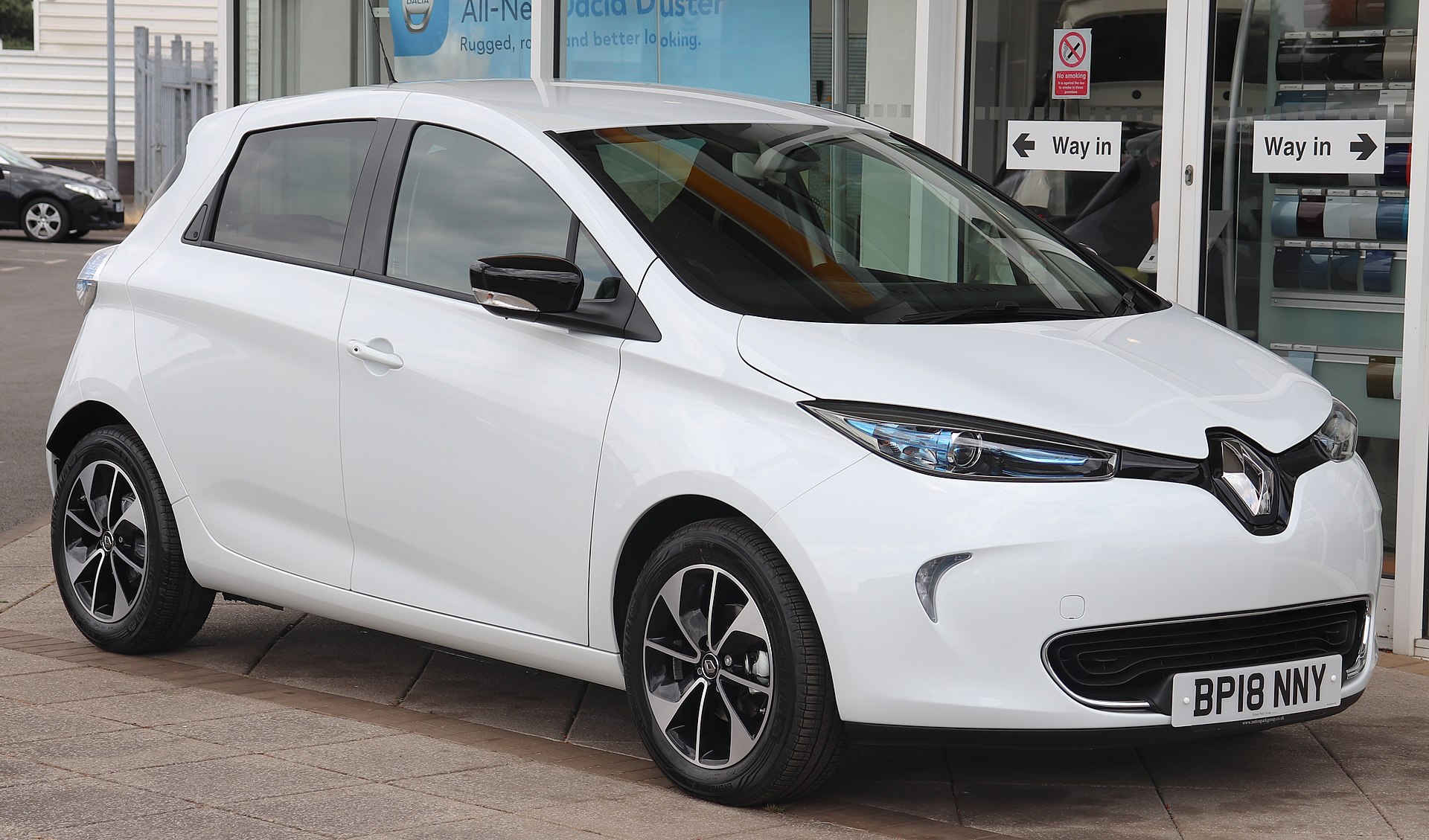The Evolution Of Electric Cars - A Journey Towards Sustainable Mobility
Electric cars or vehicles (EVs) have been around for more than a century, but they have only just started to compete with internal combustion engines (ICEs) for the future of mobility. EVs have a lengthy history, which has seen many ups and downs.
Author:James PierceReviewer:Paolo ReynaFeb 26, 20241.2K Shares44.3K Views
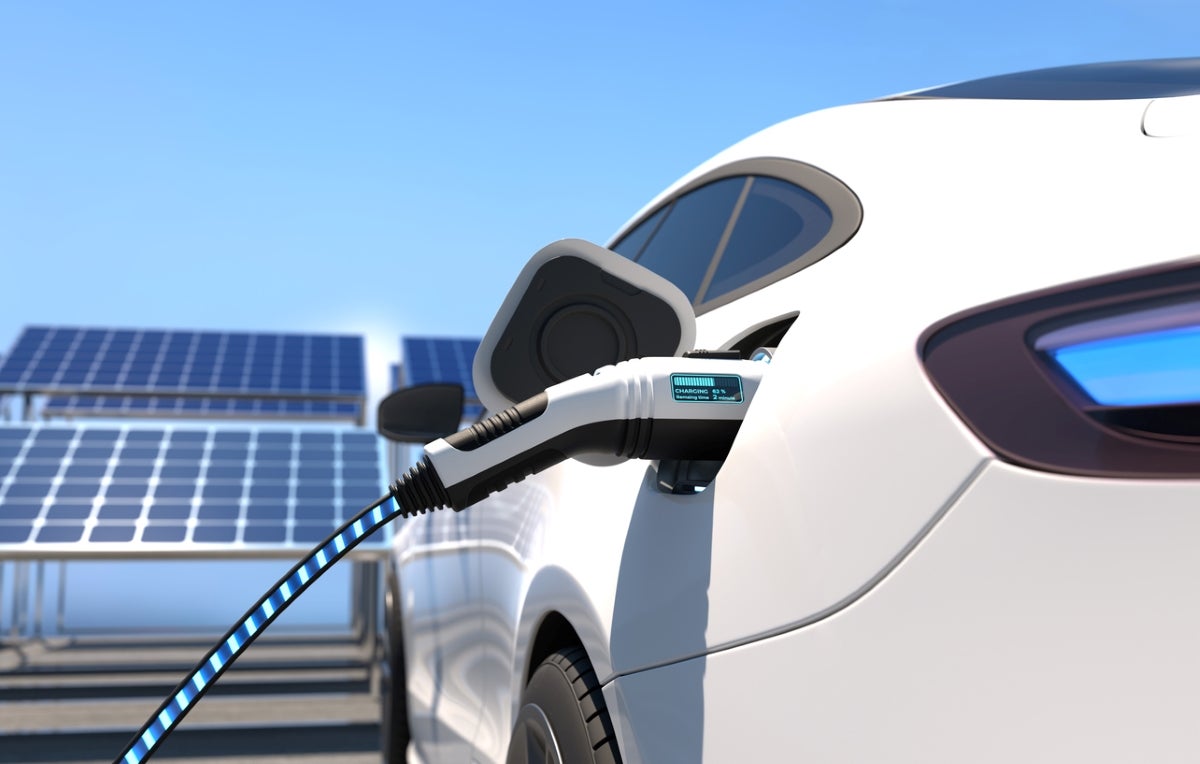
Electric carsor vehicles (EVs) have been around for more than a century, but they have only just started to compete with internal combustion engines (ICEs) for the future of mobility. EVs have a lengthy history, which has seen many ups and downs.
Many people are unaware that during the turn of the 20th century, there were more electric cars (EVs) than internal combustion engines (ICEs) on the road. However, as Ford's rolling assembly line made passenger automobiles more widely available, its prevalence was put to the test. Ford developed a transportation system based on gasoline that would survive for more than a century because he was aware that fuel was more widely available than electricity.
Even while there were people experimenting with electric mobility in earlier decades, it wasn't until the advent of the twenty-first century that EVs once more came into the public eye. After 20 years, electric vehicles(EVs) are back and better than ever.
The development of this emerging technology has a fascinating history that is full of unexpected turns. This article provides an overview of the development of electric vehicles, the state of electric mobility today, and what the EV revolution is expected to look like in the future.
The First EV
The General Motors EV1 from the late 1990s and even the Tesla of today are far more recent examples of electric vehicles. In reality, electric vehicles predated those powered by internal combustion, and inventors have never stopped trying to make them practical for use on public roads and profitable as a business venture. Let's take a long look at the path that brought us here since a lack of historical perspective can often result in misunderstandings of how things came to be as they are now.
Initial Development
Robert Anderson of Scotland, whose motorized carriage was constructed sometime between 1832 and 1939, is where we begin in the 1830s. Galvanic cells were still used, thus it was more of a parlor trick ("Look! No ox or horse, yet it moves!") than a mode of transportation. In 1837, Robert Davidson of Aberdeen, another Scot, constructed the first electric locomotive. A larger, more effective version was shown to be capable of hauling six tons 1.5 miles at 4 mph. It then required fresh batteries. Railway workers were so terrified by this spectacular performance (which they perceived as a threat to their livelihoods maintaining steam engines) that they destroyed Davidson's devil machine, which he had dubbed Galvani.
The invention of rechargeable batteries in 1859 increased the viability of the electric car concept. Thomas Parker, an inventor, created a prototype electric car and assisted with the installation of electric-powered trams in England in 1884. William Morrison, a chemist from Des Moines, Iowa, who was born in Scotland, petitioned for a patent on the electric vehicle he had created by 1890.
As reported by the Des Moines Register, it made an appearance in a city procession in 1888. It had 24 battery cells, front-wheel drive, 4 horsepower, and a top speed of 20 mph, and required 50 miles to fully recharge. At the renowned World's Columbian Exhibition in Chicago in 1893, Morrison's self-propelled carriage caused a sensation. Morrison was less concerned with mobility than with the batteries, although he had inspired other inventors.
Decline And The Rise Of Internal Combustion Engines
1. The Rise Of Gasoline-Powered Cars
The advent of mass-produced gasoline-powered vehicles, pioneered by Henry Ford's assembly line, overshadowed electric cars due to their lower cost and longer driving ranges.
2. Decline Of Electric Cars
The discovery of large petroleum reserves further fueled the dominance of gasoline-powered cars, leading to a decline in electric vehicle production and research for several decades.
The Resurgence Of Electric Cars
1. Environmental Concerns And Energy Crises
In the late 20th century, concerns over air pollution and the finite nature of fossil fuels emerged. This sparked a renewed interest in electric vehicles as a greener and more sustainable alternative.
2. Technological Advancements
The development of advanced battery technologies, particularly lithium-ion batteries, revolutionized the electric vehicle industry. These batteries offered higher energy densities and longer driving ranges, making electric cars more practical.
3. Government Incentives And Support
To promote clean transportation, many governments around the world offered tax incentives, subsidies, and grants to encourage the adoption of electric vehicles. These incentives played a crucial role in boosting the market for electric cars.
The Modern Electric Car Era
1. Tesla's Influence
Tesla, founded by Elon Musk in 2003, played a pivotal role in transforming the perception of electric cars. Their high-performance and luxurious electric vehicles, such as the Model S and Model X, challenged the notion that electric cars were inferior to gasoline cars.
2. Expansion Of Charging Infrastructure
To alleviate "range anxiety" (fear of running out of battery charge), substantial investments were made in developing public charging infrastructure. This expansion made electric vehicles more practical and accessible to a broader audience.
3. Diverse Vehicle Offerings
As the electric vehicle market grew, more automakers introduced electric models, ranging from affordable compact cars to high-end luxury SUVs. This diversification expanded the appeal of electric cars to different consumer segments.
Future Prospects
1. Continued Technological Advancements
The future of electric cars looks promising, with ongoing research into even more advanced battery technologies, like solid-state batteries, promising even higher energy densities and faster charging times.
2. Autonomy And Connectivity
Electric cars are likely to become more integrated with autonomous driving technology and connected features, enhancing convenience and safety for drivers.
3. Environmental Impact
As the electricity generation grid becomes greener with increased renewable energy adoption, the environmental benefits of electric cars will further improve.
Overcoming Challenges
1. Range Anxiety And Battery Technology
One of the early challenges faced by electric cars was "range anxiety," the fear of running out of battery charge before reaching the destination. However, with the advancement of battery technology and the introduction of high-capacity lithium-ion batteries, the driving range of electric vehicles has significantly increased. Today, many electric cars can cover over 200 miles on a single charge, alleviating much of the range anxiety concern.
2. Charging Infrastructure
The availability of a robust charging infrastructure is vital for the widespread adoption of electric vehicles. In the past, the lack of charging stations hindered the growth of the electric car market. However, both public and private entities recognized this issue and began investing heavily in charging networks. Fast-charging stations, capable of delivering a significant charge in a short time, became increasingly prevalent, making long-distance travel with electric cars more feasible.
While discussing the evolution of electric cars, it's fascinating to see how technology advancements have not only revolutionized the automotive industry but also brought innovation to various other sectors. In a similar vein, the gaming and betting industry has also experienced a shift with advancements in technology and changing market trends.
Environmental Impact And Sustainability
1. Reducing Greenhouse Gas Emissions
Electric cars offer a promising solution to reduce greenhouse gas emissions, a major contributor to climate change. By running on electricity, which can be sourced from renewable energy sources like solar, wind, and hydro, electric vehicles can operate with zero tailpipe emissions. This shift away from fossil fuels significantly lowers carbon dioxide emissions, helping combat climate change and improve air quality in urban areas.
2. Life Cycle Analysis
Evaluating the environmental impact of electric vehicles requires considering the entire life cycle, from raw material extraction to manufacturing, usage, and eventual disposal. While the production of batteries and electric motors does have an environmental footprint, studies have shown that electric vehicles still produce fewer emissions over their lifetimes compared to their gasoline counterparts.
Challenges For Widespread Adoption
1. Affordability And Cost
Despite significant progress in battery technology and reductions in production costs, electric vehicles still tend to have a higher upfront price compared to conventional cars. While government incentives have helped bridge the gap, further cost reductions and economies of scale are necessary for electric cars to achieve price parity with internal combustion engine vehicles.
2. Charging Time And Infrastructure
Although fast-charging stations have alleviated some concerns, charging an electric vehicle still takes more time than refueling a gasoline car. Improving charging speeds and increasing the density of charging stations, especially in rural and less populated areas, remain challenges for electric vehicle adoption.
The Role Of Governments And Policies
1. Incentives And Subsidies
Many governments worldwide have introduced incentives and subsidies to encourage consumers to adopt electric vehicles. These may include tax credits, reduced registration fees, and access to carpool lanes, among others. Such policies have been instrumental in stimulating demand for electric cars.
2. Emission Standards And Regulations
To combat climate change and improve air quality, several countries have implemented stringent emission standards, pushing automakers to invest in electric vehicle technology to meet these regulations. Additionally, some regions have even set targets to ban the sale of new gasoline and diesel-powered vehicles in the future, further promoting the transition to electric mobility.
The Future Of Electric Cars
1. Electrification Of Public Transportation
Beyond personal vehicles, electric cars are paving the way for the electrification of public transportation. Electric buses are becoming increasingly popular in urban areas, offering quieter and emission-free alternatives to traditional diesel buses. As battery technology improves, larger vehicles like trucks and commercial vehicles are also starting to transition to electric power, reducing the carbon footprint of the transportation sector significantly.
2. Energy Storage And Grid Integration
Electric cars have the potential to act as a distributed energy storage system, especially with bidirectional charging capabilities. This means that electric vehicle batteries can store excess energy when demand is low and feed it back to the grid during peak demand periods. Such integration can help stabilize the power grid, enhance energy efficiency, and facilitate the integration of more renewable energy sources.
3. Innovation In Autonomous Driving
Electric cars and autonomous driving technologies are intertwined to shape the future of mobility. Many electric vehicles are equipped with advanced driver-assistance systems (ADAS), and as autonomous driving technology progresses, electric cars are likely to play a significant role in the development of self-driving fleets and ride-sharing services.
4. Sustainable Materials And Manufacturing
To further reduce the environmental impact, efforts are being made to develop electric cars using sustainable materials and manufacturing processes. This includes recycling and reusing batteries, using eco-friendly materials in vehicle construction, and implementing more energy-efficient manufacturing techniques.
5. Global Collaboration
The development of electric cars requires collaboration on a global scale. Many automakers, governments, research institutions, and energy companies are pooling their resources to accelerate the adoption of electric vehicles. Shared research, knowledge, and standardization efforts are crucial to addressing common challenges and achieving a more sustainable transportation future.
Overcoming Hurdles
1. Range And Charging Speed
While the range of electric vehicles has significantly improved, some consumers still perceive limited driving range as a concern. Advancements in battery technology and the expansion of fast-charging networks will continue to address these concerns, making electric vehicles more attractive to a broader audience.
2. Battery Recycling And Sustainability
As electric vehicle adoption increases, there will be a growing need for efficient battery recycling and responsible disposal practices. Ensuring that end-of-life batteries are recycled and repurposed properly will be crucial to minimizing environmental impact and maximizing the sustainability of electric cars.
3. Consumer Awareness And Education
To encourage the widespread adoption of electric vehicles, consumer awareness, and education play a vital role. Misconceptions about electric cars, such as charging difficulties or battery concerns, need to be addressed through informative campaigns and incentives that highlight the benefits of going electric.
People Also Ask
What Is The Biggest Problem With Electric Cars?
The biggest problem with electric cars is currently related to their limited driving range and charging infrastructure. While advancements in battery technology have significantly improved the driving range of electric vehicles, it is still typically lower than that of traditional internal combustion engine vehicles. This limitation leads to "range anxiety," where drivers worry about running out of charge during longer trips or in areas with sparse charging infrastructure.
Additionally, the availability of charging stations, especially in rural or less populated regions, remains a concern. Although efforts are being made to expand charging networks, the charging infrastructure still needs further development to match the convenience and ubiquity of traditional refueling stations for gasoline-powered vehicles.
What Are The 4 Types Of Electric Vehicles?
Battery Electric Vehicles (BEVs): These vehicles are solely powered by electricity stored in rechargeable batteries. They have no internal combustion engine and produce zero tailpipe emissions.
Plug-in Hybrid Electric Vehicles (PHEVs): PHEVs combine an internal combustion engine with an electric motor and a rechargeable battery. They can be charged via an external power source, allowing them to operate in all-electric mode for shorter distances before switching to the internal combustion engine for longer trips.
Hybrid Electric Vehicles (HEVs): HEVs have both an internal combustion engine and an electric motor. However, the electric motor in HEVs is not rechargeable externally; it generates electricity through regenerative braking and assists the gasoline engine during acceleration and low-speed driving.
Fuel Cell Electric Vehicles (FCEVs): FCEVs use a fuel cell stack that converts hydrogen gas into electricity to power an electric motor. They emit only water vapor and have longer ranges compared to traditional battery-powered electric vehicles. However, the availability of hydrogen refueling infrastructure is currently limited.
What Are The Disadvantages Of Electric Cars For The Environment?
Battery Production and Disposal: The production of lithium-ion batteries, which are commonly used in electric vehicles, requires significant energy and raw materials. Additionally, the disposal and recycling of batteries pose environmental challenges due to potential chemical and heavy metal hazards.
Electricity Generation: While electric vehicles themselves produce zero tailpipe emissions, the environmental impact depends on the sources of electricity used for charging. If electricity is primarily generated from fossil fuels, the indirect emissions associated with charging can offset some of the environmental benefits of electric cars.
Rare Earth Elements: Some electric motors and batteries rely on rare earth elements, which can have environmental and geopolitical implications due to limited availability and mining-related environmental issues.
Manufacturing Impact: Electric vehicles often have a higher manufacturing footprint than conventional cars due to the complexity of battery production and the lightweight materials used in their construction.
Conclusion
The development of electric cars is a testament to human ingenuity and our commitment to building a more sustainable future. From their early days as novelties to the technologically advanced, environmentally friendly vehicles we see today, electric cars have evolved significantly. Overcoming challenges like range anxiety, charging infrastructure, and environmental concerns, electric vehicles are becoming increasingly mainstream.
With continued technological advancements, supportive government policies, and a growing public awareness of the need for sustainable transportation, electric cars are poised to play a crucial role in reshaping the automotive industry. As the world moves towards a more sustainable and green future, electric vehicles will likely become an integral part of our daily lives, contributing to a cleaner, quieter, and more eco-friendly world.
For more information on electric cars and the latest developments in the automotive industry, you can visit Gadgets Gaadi. This website provides valuable insights into electric vehicles, technology reviews, and other updates related to sustainable mobility.
Jump to
The First EV
Initial Development
Decline And The Rise Of Internal Combustion Engines
The Resurgence Of Electric Cars
The Modern Electric Car Era
Future Prospects
Overcoming Challenges
Environmental Impact And Sustainability
Challenges For Widespread Adoption
The Role Of Governments And Policies
The Future Of Electric Cars
Overcoming Hurdles
People Also Ask
Conclusion

James Pierce
Author

Paolo Reyna
Reviewer
Latest Articles
Popular Articles
